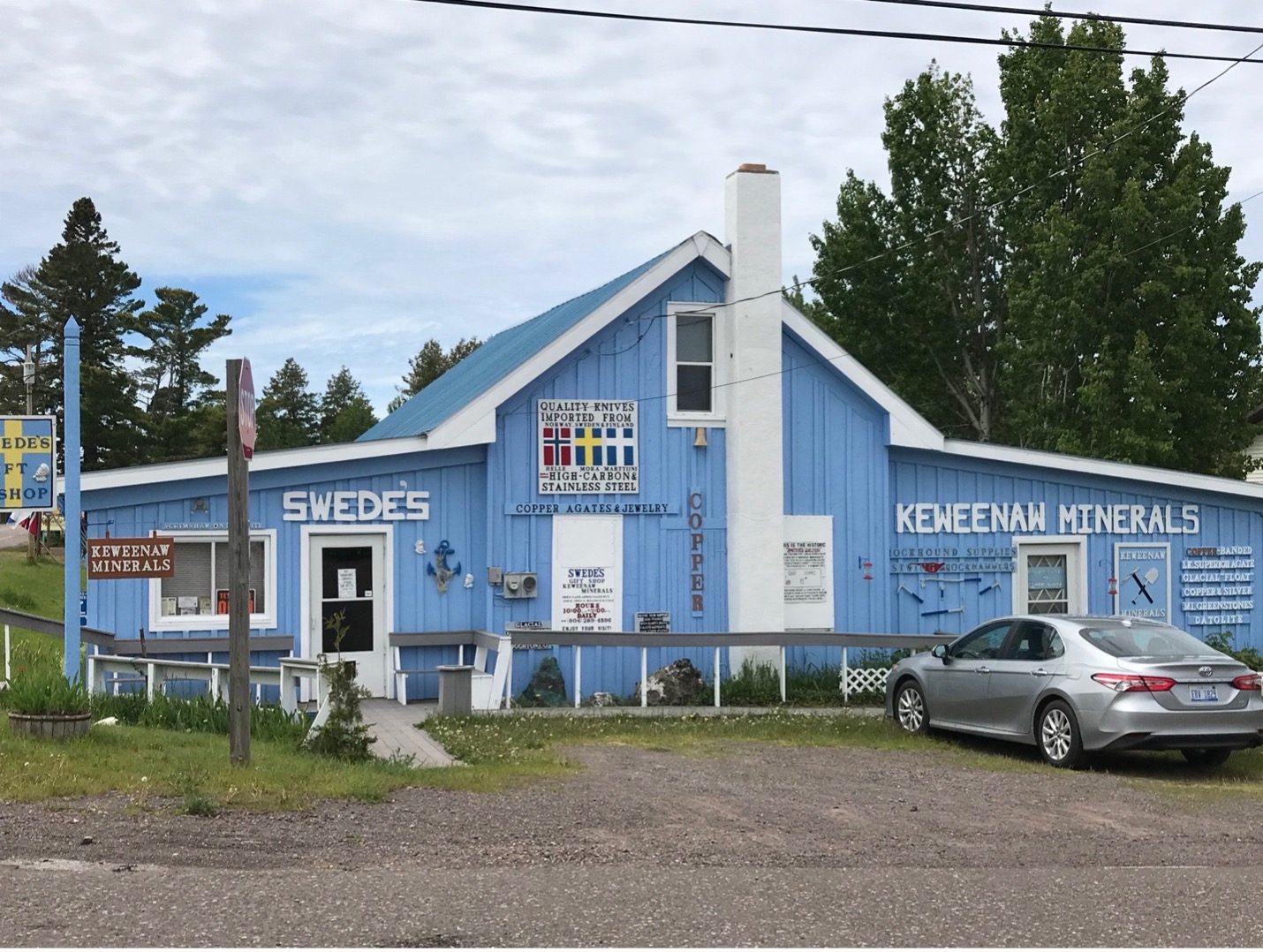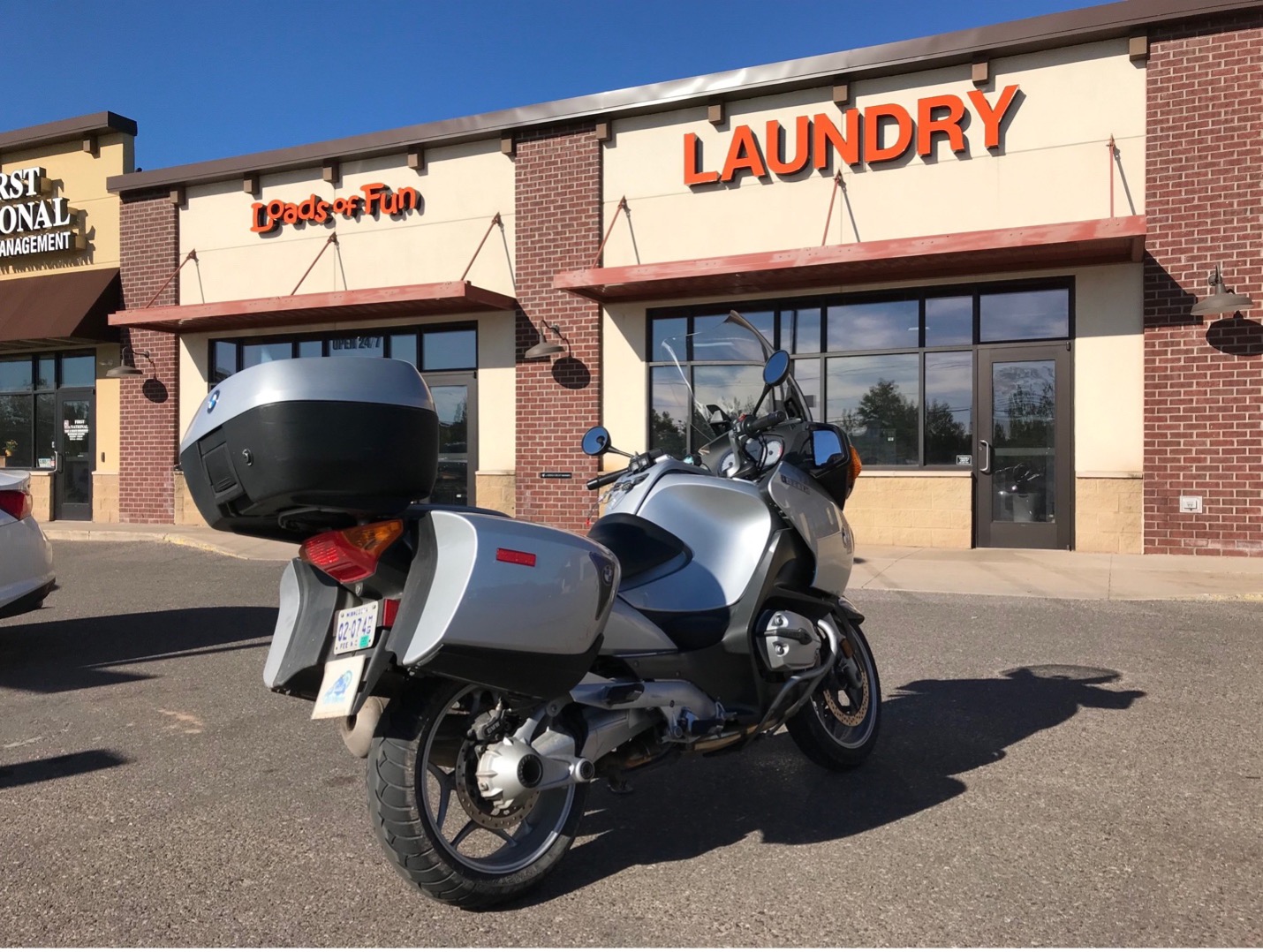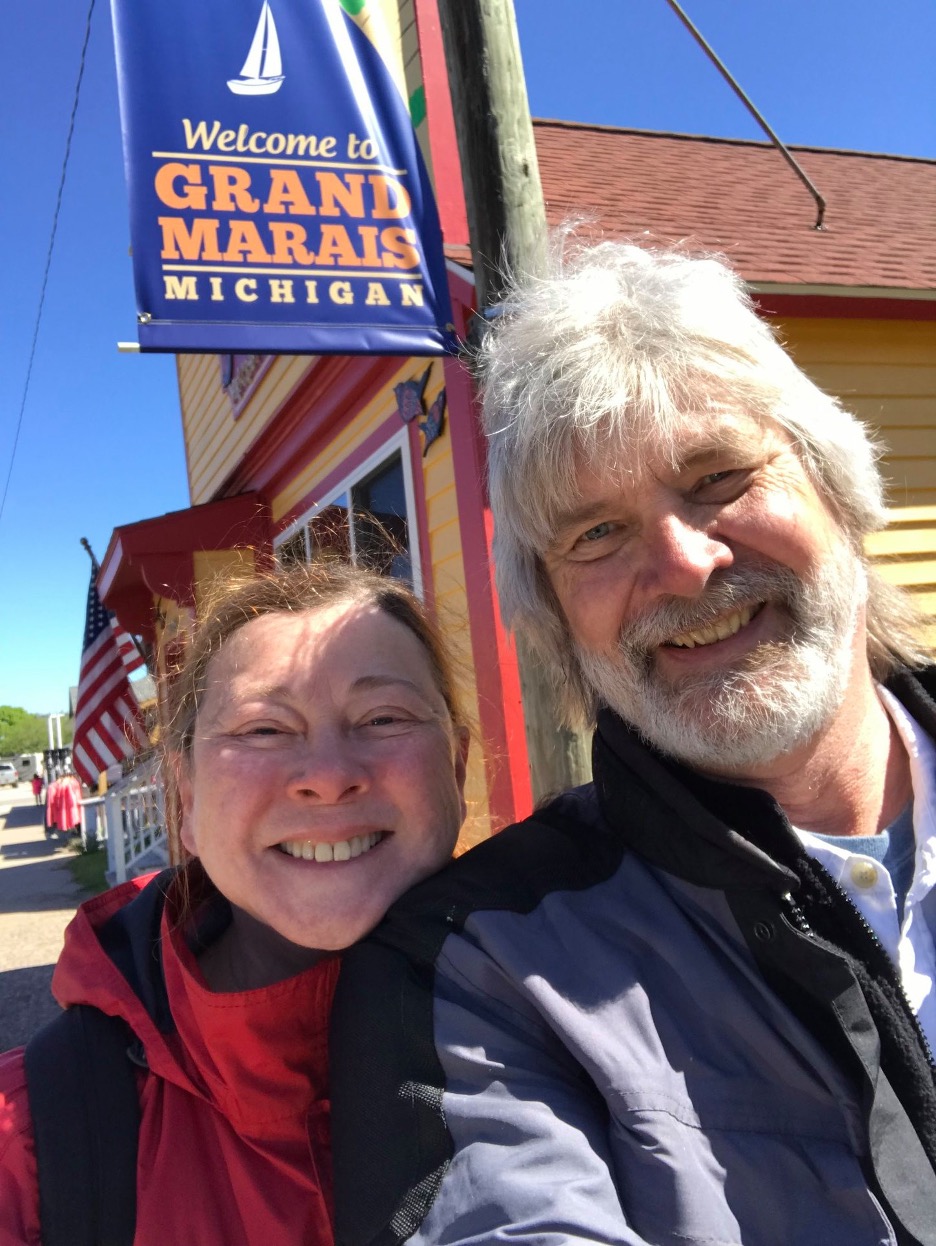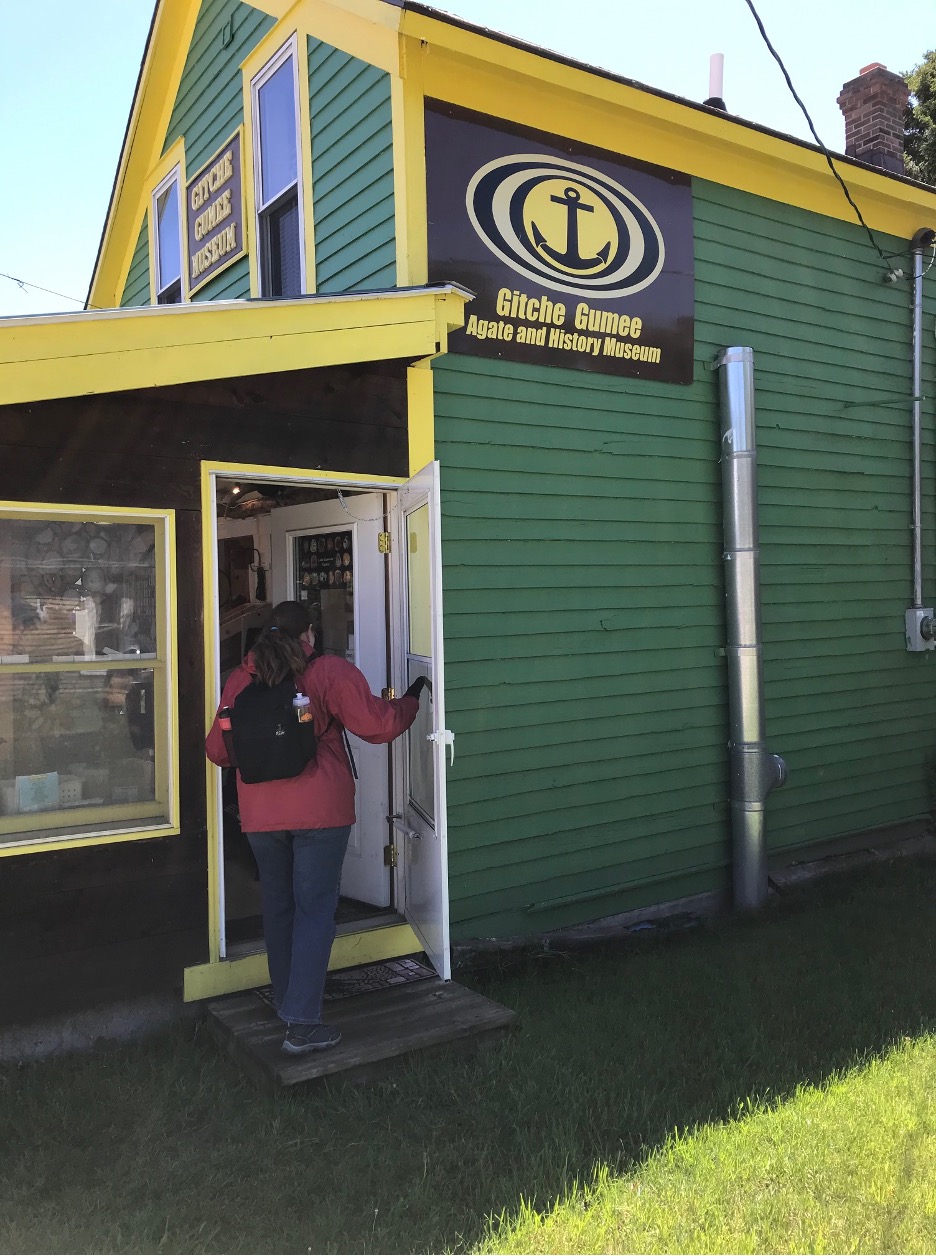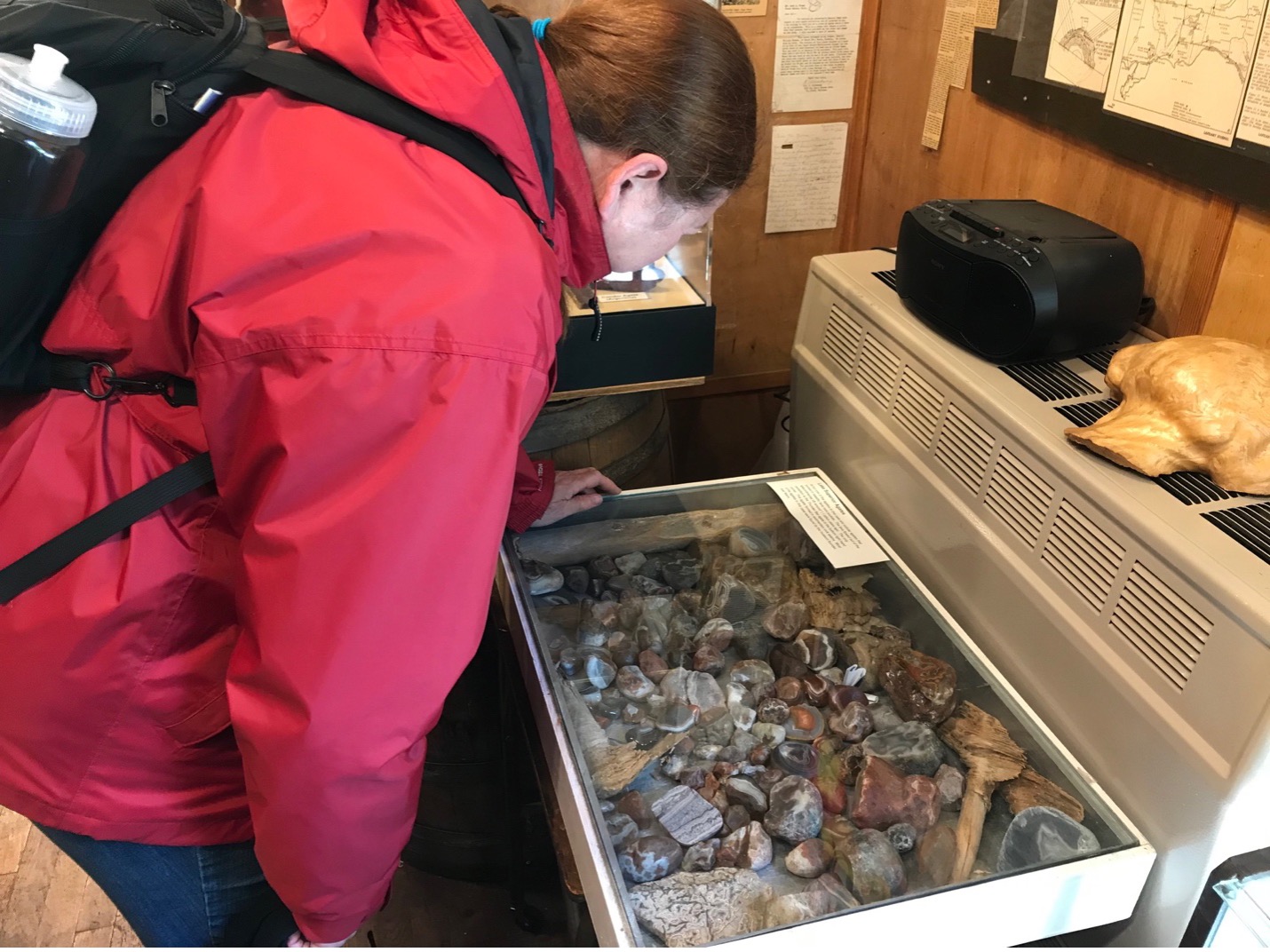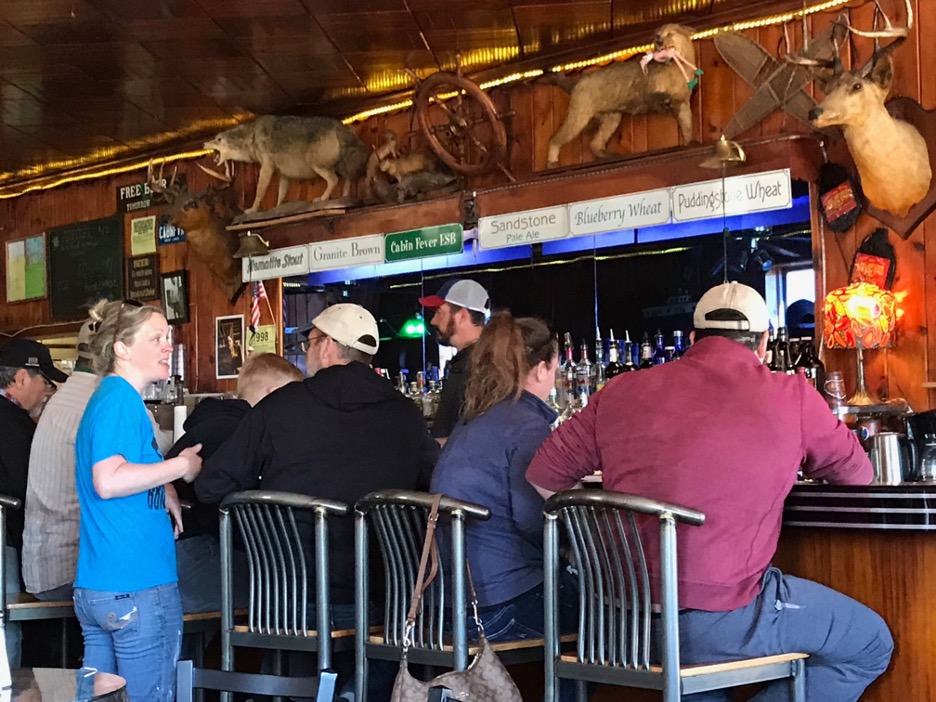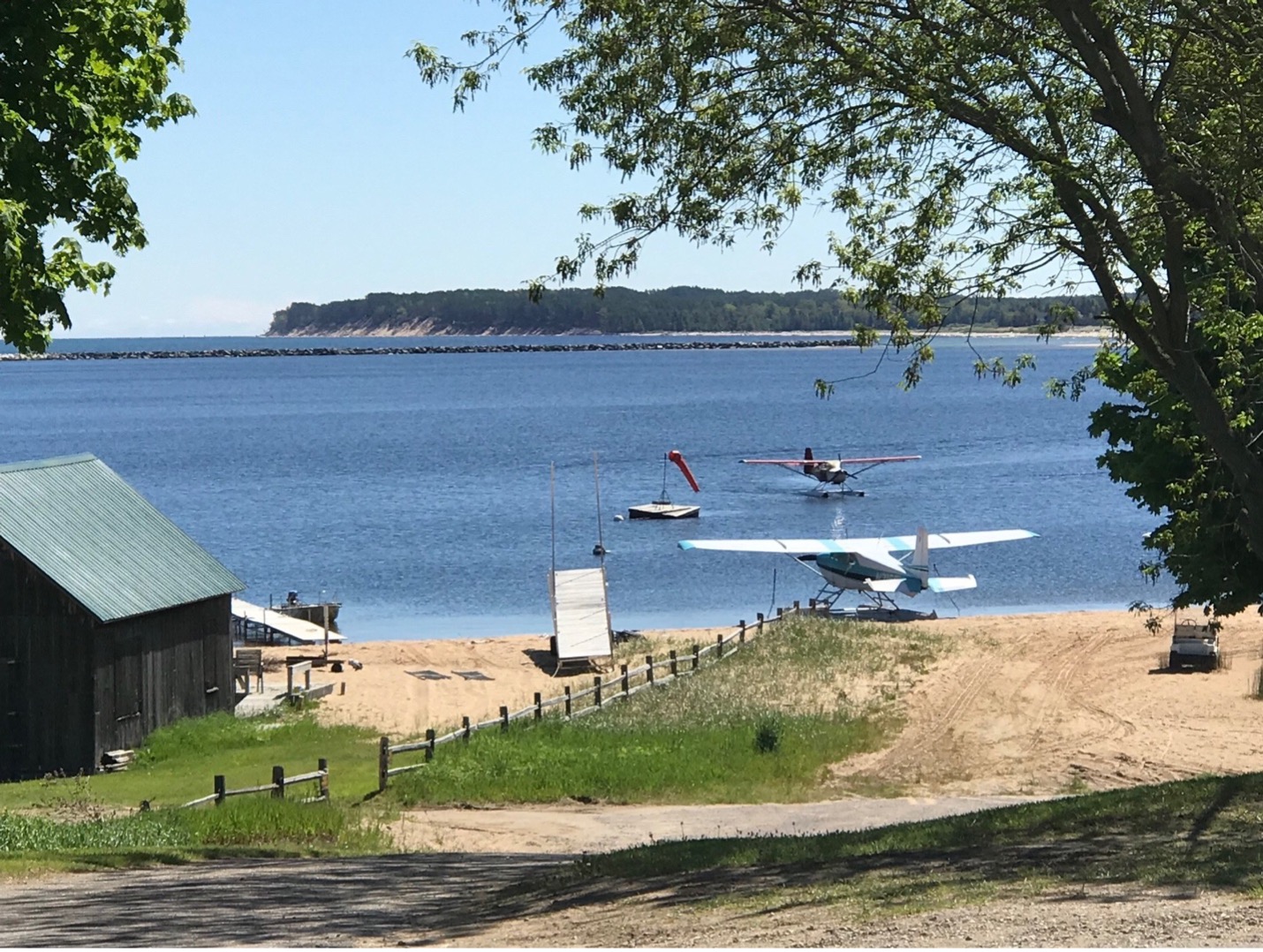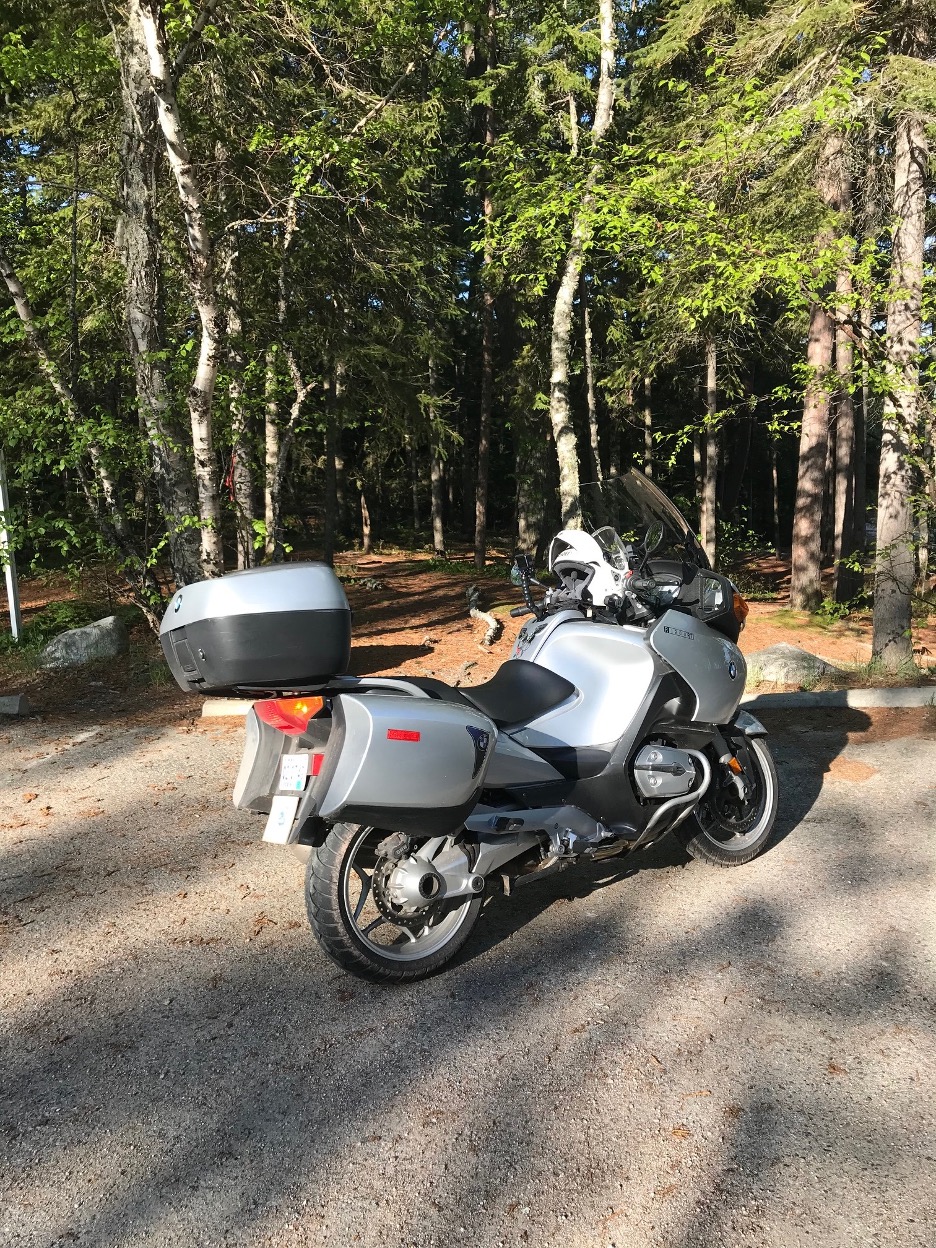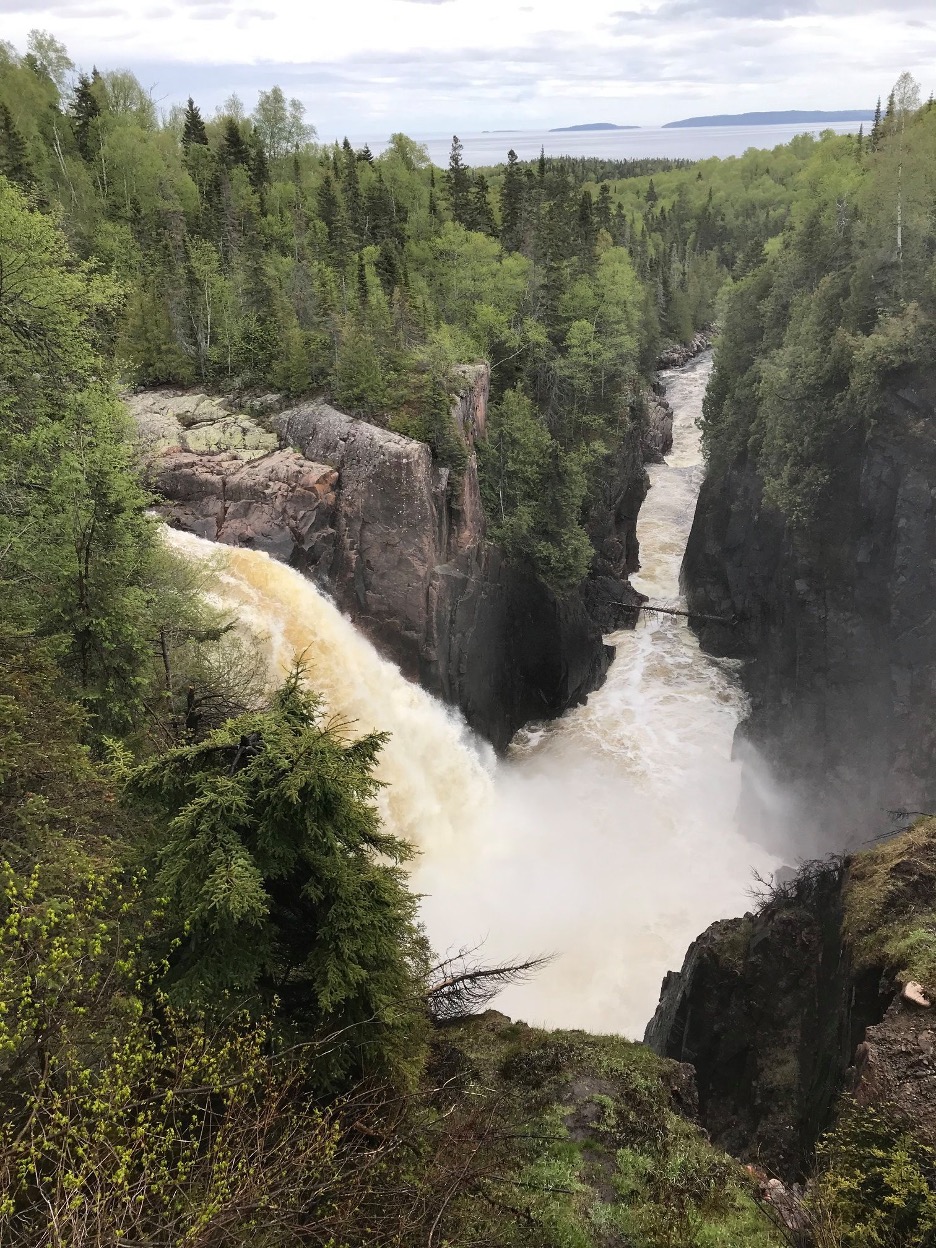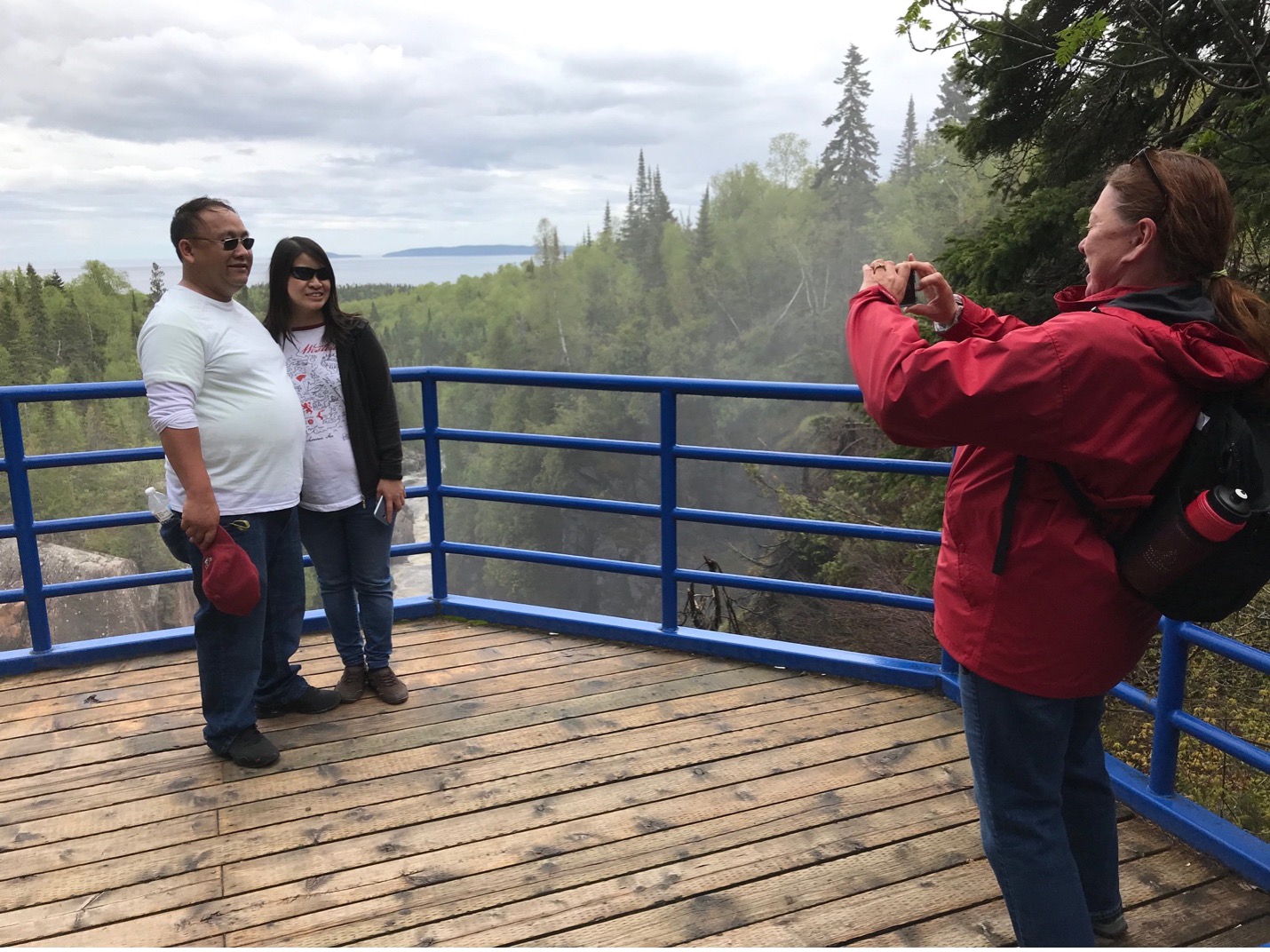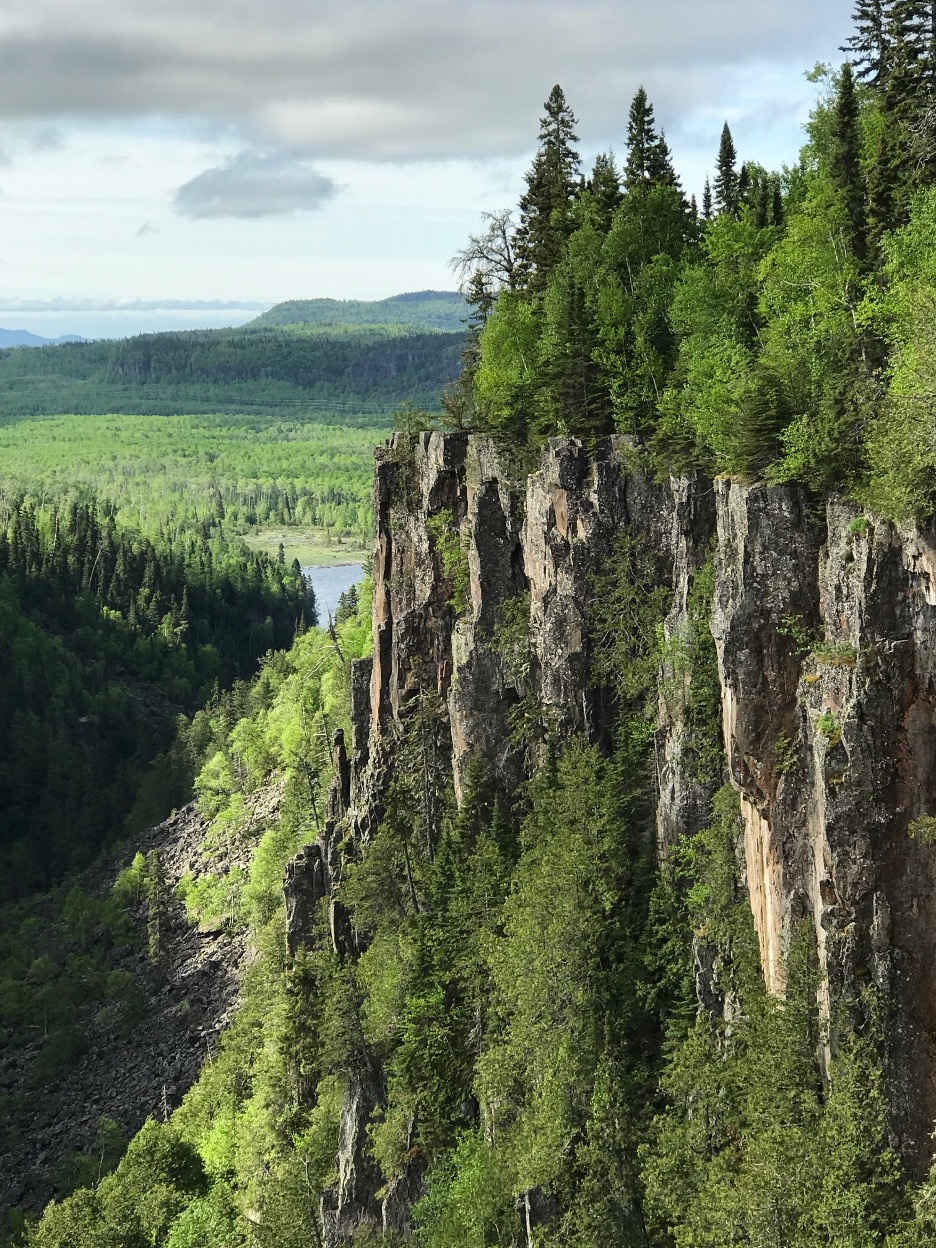
[This is the final facebook post that chronicled our adventure in June 2019.]
As satisfying as it was to return to Duluth and complete the Superior Circle Tour, we recognized that we were not quite done. Just like those climbers that make it to the summit of Mount Everest, it doesn’t count until you make it back down. Our original plan was to put the bike on our trailer and triumphantly haul it home, but since the trailer never made it to Duluth (see “Getting to the Start”), we had one more motorcycling travel day.
It turned out to be a beautiful one, perhaps one of those top-five weather days of the year. And wanting to avoid the uninspiring regimen of traffic on I-35, we discovered state highway 23, a route that transitioned from north woods scenery to rural farm landscapes that we shared with only an occasional local driver.
After riding over 1500 miles during the previous week, we were now conditioned and ready to embark on the trip that we had just completed. We could now ride for extended durations, our physical and mental stamina up to the task; my clutch and throttle hands were now strong enough to actually manage the clutch and throttle, and we had our communication and navigation systems and routines figured out. And I hadn’t lost my key.
The north shore of Superior, in both Minnesota and Ontario, had been spectacular scenery punctuated with dramatic waterfalls. On the entire route we had encountered many friendly people who gawked at us, helped us, and inspired us.
When motorcyclists encounter and drive past each other there is a salute, a hand gesture of two fingers pointing down, acknowledging the shared experience of two wheels on the road. We encountered other bikers making the circle route, most notably a group of six Harley riders traveling the opposite direction, at the “Best Northern” motel and restaurant in Wawa Ontario (by far our best meal on the tour). They had spent the day riding in the rain from Chicago and were hoping for better weather since they had allocated only four days (and were envious of our 9-day schedule). We traded road stories and wished good travels as we left.
The weather that we experienced was near-perfect. Apart from the first day of rain at Duluth and beyond, we had clear skies. Cool is better than hot for me, but Poldi did not have adequate protection for her hands. Traveling at 55+ mph, the morning temperatures of 45-degrees became quite chilly. Next time we will invest in electric gloves for her.
What other things would we have done differently? Not much really. It would have been nice to take a day off from riding and spend it exploring (even God took the seventh day off), but we had a schedule to keep. After experiencing its therapeutic effects, if there were accommodations along the way that had a hot tub, I might have lobbied to stay there (not really– I prefer more modest settings).
It was an entirely satisfying life experience, one I had never expected, and I am thrilled to have shared it with my life partner Poldi, who took on my adventure and made it hers as well.
I was also able to share a few of the stories with a (captive) facebook audience. I have been encouraged by your “likes”; it seems that some of you actually read the lengthy prose that accompanies the photos. Your responses provided the encouragement for me to keep writing. I have often felt that the spark that ignites my best efforts comes from the people around me: thank you all.
previous | next


